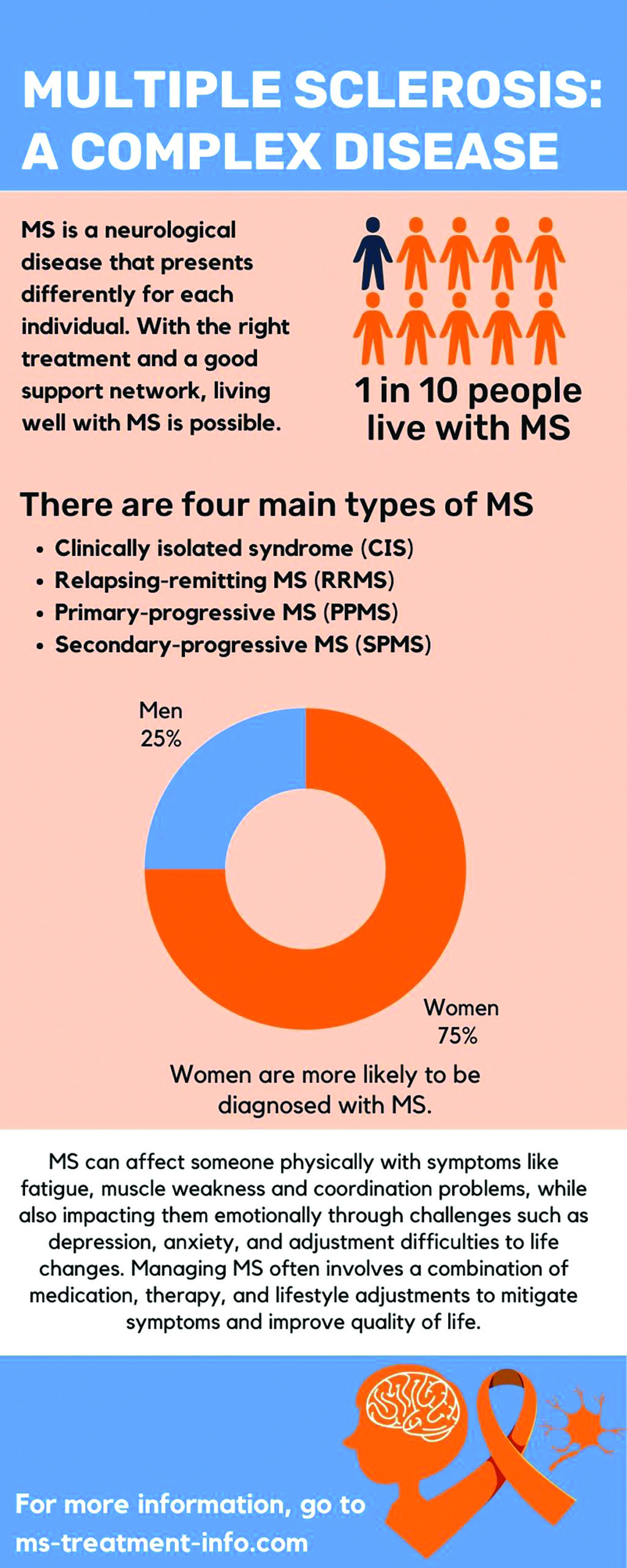Recently, a friend approached me to ask about shedding visceral fat. It was such a good question and the answer is so important to everybody’s health that I decided to make it the topic of Trainer Talk this week. Before discussing how to get rid of visceral fat, I will explain what visceral fat is and why it is dangerous.
First, it is important to understand what visceral fat is. Body fat is often lumped together into one big consideration, but the truth is that there are multiple types of fat in the body and some of it is good.
Good fat and bad fat are essentially determined by their color and where they’re at. Brown and beige fat are good fats and are related to weight management. White fat is the bad fat and is typically what is referred to in the negative sense as body fat.
Even white, “bad” fat comes in two categories. There’s subcutaneous fat and visceral fat. Subcutaneous fat is the fat that is visually apparent as it lies under the surface of the skin. It can be pinched and measured fairly easily, which is why it is what most people are concerned about when it comes to altering their body composition.
Visceral fat, though, is not as visually apparent. However, it is vastly more dangerous. Visceral fat is fat that wraps around organs. Its location means it can interrupt the function of those organs, which leads to disease and death.
Visceral fat is an almost invisible threat and it has a strong enough track record to be a serial killer at the top of the FBI’s most wanted list. It is nearly invisible because some people that have no excessive subcutaneous fat can still have large amounts of visceral fat packed around their organs.
That’s one of the dangers of diets like the Keto diet. These diets tell their adherents to consume large amounts of fat and make a little-to-no distinction between saturated and unsaturated fats. The excessive consumption of saturated fat leads to visceral fat buildup, even if subcutaneous fat decreases.
In this manner, people are literally killing themselves to lose a few inches around their waist.
That’s the bad news. The good news is that visceral fat is fairly simple to get rid of. In fact, it is far easier to shed than it’s subcutaneous counterpart.
The short answer for getting rid of the nasty stuff is “eat right and exercise.” It’s really that simple.
A healthy, balanced diet will reduce incoming saturated fat, thus restricting the build-up of visceral fat within the body. Think of it as turning the tap off in a plugged sink. Though the water isn’t draining, at least it’s no longer filling up the sink and threatening to overflow.
The next step in the sink analogy, then, is to remove the plug and let the water drain out. That is kind of what happens in the body when exercise is introduced.
One of the factors that make visceral fat so dangerous and impactful on organs is its rich blood flow. That same factor makes it very responsive to exercise. That is why it is easier to shed than subcutaneous fat.
In closing, visceral fat is the most dangerous form of fat within the body. It kills people every day. However, it does not need to be feared like the boogeyman. This killer fat is easily defeated through healthy eating and exercise. Eat veggies, lean meat and whole grains and engage in a regular exercise program. Visceral fat will be flushed down the drain.






Actually, it is the linoleic acid and arachidonic acid in the food that cause people to over eat and store excess fat. For example, “In a new study published in the journal Molecular Biology and Evolution, researchers compared a primarily vegetarian population from Pune, India to a traditional meat-eating American population, mostly from Kansas. The researchers found a higher frequency of the mutation called “rs66698963″ in the Indian population. This mutation helps people convert plant fatty acids into important nutrients, including omega-6 arachidonic acid. Arachidonic acid is important for muscle growth and healthy neurological function in humans and is usually contained in meat, eggs and dairy. However, arachidonic acid is also known for its pro-inflammatory and pro-blood clotting properties. Today, this genetic mutation can be a problem because omega-6 fats are readily available in an increasing number of foods and oils. Consequently, people with this mutation are retaining higher levels of arachidonic acid in their blood and tissues.” https://www.researchgate.net/blog/post/human-genome-shaped-by-vegetarian-diet-increases-risk-of-cancer-and-heart-disease
Endocannabinoid system research suggests that changes in the fatty acid profile of ones diet can lead to obesity. Excerpt: Dietary intake of linoleic acid (LNA, 18:2n-6) has increased dramatically during the 20th century and is associated with greater prevalence of obesity. The endocannabinoid system is involved in regulation of energy balance and a sustained hyperactivity of the endocannabinoid system may contribute to obesity. Arachidonic acid (ARA, 20:4n-6) is the precursor for 2-AG and anandamide (AEA), and we sought to determine if low fat diets (LFD) could be made obesogenic by increasing the endocannabinoid precursor pool of ARA, causing excessive endocannabinoid signaling leading to weight gain and a metabolic profile associated with obesity.” https://www.ncbi.nlm.nih.gov/pmc/articles/PMC3889814/
One American family that stumbled on to the truth about saturated fats has taken advantage of changing consumer beliefs regarding the healthfulness of saturated fats. Here’s their story. “My husband and I are often asked how it is that we came to be in the snack food business. It is an odd business for a mom and pop start-up given that it’s dominated by major global brands. It’s a very personal reason with a complex backstory… We weren’t looking for a cure to our son’s undiagnosed disease – we were simply trying to make his quality of life much better and address what we thought was the biggest problem: inflammation. And we were able to do so by changing his diet. In fact, food was the only thing that was ever able to intermediate his disease process: good fats, grass-fed meats, fresh and fermented vegetables. We soon realized that almost everything we had believed about fats was quite wrong. We realized that traditional, healthy fats that had been consumed for centuries (like cod liver oil, tallow, lard, coconut oil, and unpasteurized butter from grass-fed cows) were a source of essential nutrition. And that man-made vegetable oils are the product of an industrial manufacturing process that was invented 100 years ago were a source of real nutritional aggravation.” https://jacksonshonest.com/pages/history